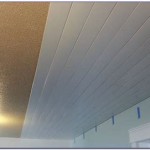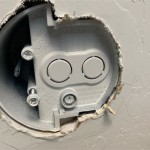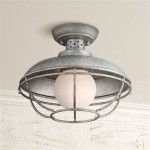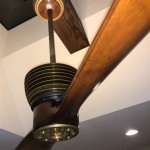Insulating your basement ceiling is an important step in improving the energy efficiency of your home. If you are looking to reduce your energy bills and make your basement more comfortable in the winter and summer months, then insulating your basement ceiling is a great place to start. In this comprehensive guide, we will provide you with all the information you need to understand the benefit of insulating your basement ceiling, what materials to use, and the steps to take to complete the task.
Why Insulate Your Basement Ceiling?
Insulating your basement ceiling is an important part of making your home more energy efficient. By insulating your basement ceiling, you will be able to keep the cold air out in the winter, and the hot air out in the summer, thus saving you money on your energy bills. Additionally, having an insulated basement ceiling will also help to reduce noise from outside, thus providing you with a more comfortable living environment.
What Materials to Use for Insulating Your Basement Ceiling?
There are several different materials that can be used for insulating your basement ceiling. The most popular materials are fiberglass, foam board, and spray foam. Fiberglass is the most cost effective option and is typically installed in batts or rolls. Foam board is thicker than fiberglass and works well for insulating basements with limited space. Spray foam is the most expensive option, but it offers the highest level of insulation, and is ideal for basements that have a lot of tight spaces.
Steps for Insulating Your Basement Ceiling
1. Prepare the Basement: Before you begin insulating your basement ceiling, you need to make sure that the area is properly prepared. This means that you should check for any signs of moisture, air leaks, and any other potential problems. If any of these issues are present, you should address them before continuing with the insulation process.
2. Choose the Materials: Once you have determined that the basement is ready for insulation, you can choose the materials that you would like to use. As mentioned earlier, fiberglass, foam board, and spray foam are the most popular options. Be sure to buy the proper materials for your specific basement.
3. Install the Insulation: Once you have the materials you need, you can begin the process of installing the insulation. Depending on the type of insulation, you may need to use nails or screws to secure it to the ceiling. For foam board, you may need to use adhesive to ensure that it is properly secured.
4. Seal the Insulation: After you have installed the insulation, you should make sure to seal it properly. This will help to ensure that the insulation is effective and that no air can escape through any gaps.
Conclusion
Insulating your basement ceiling is an important step in making your home more energy efficient and comfortable. With the right materials and proper installation, you can enjoy the benefits of a well-insulated basement. We hope that this guide has provided you with the information and knowledge you need to successfully insulate your basement ceiling.














Related Posts








